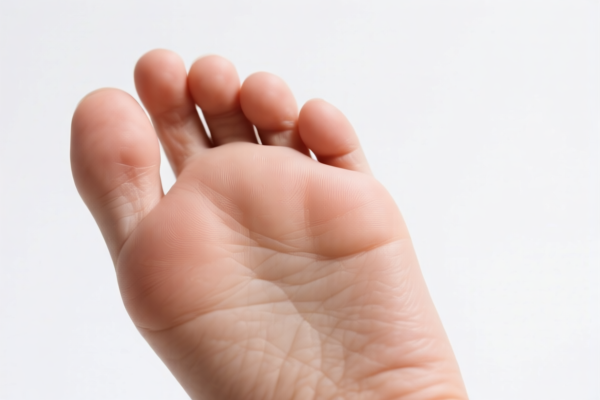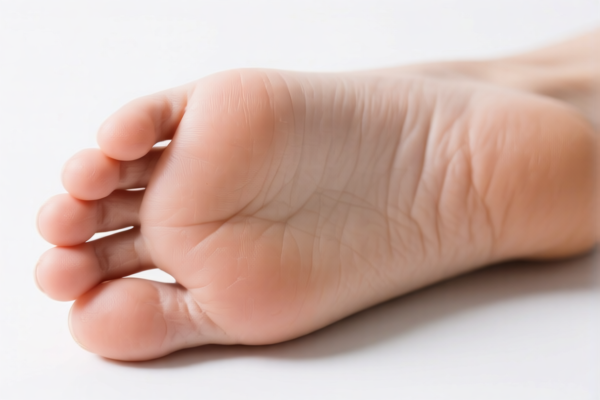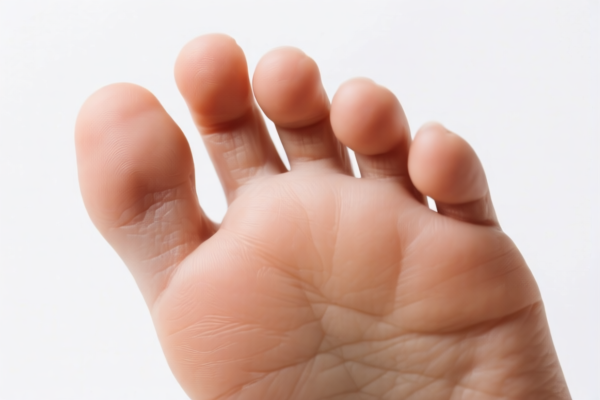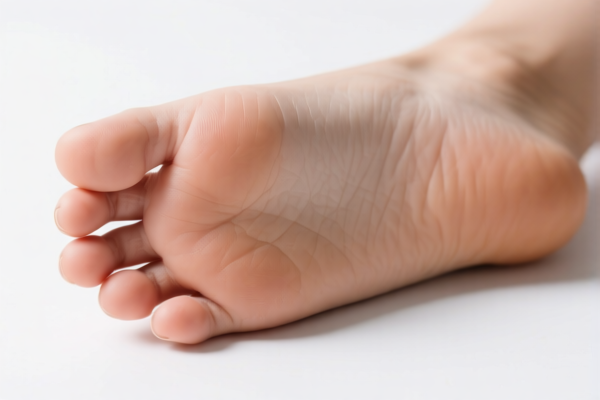| HS Code | Official Doc | Tariff Rate | Origin | Destination | Effective Date |
|---|---|---|---|---|---|
| 6304996040 | Doc | 33.2% | CN | US | 2025-05-12 |
| 6304996030 | Doc | 33.2% | CN | US | 2025-05-12 |
| 9404902090 | Doc | 43.5% | CN | US | 2025-05-12 |
| 8304000000 | Doc | 33.9% | CN | US | 2025-05-12 |
| 9403995005 | Doc | 55.0% | CN | US | 2025-05-12 |
| 6805301000 | Doc | 55.0% | CN | US | 2025-05-12 |
| 6805305000 | Doc | 55.0% | CN | US | 2025-05-12 |
| 6815994170 | Doc | 55.0% | CN | US | 2025-05-12 |
| 6815992000 | Doc | 55.0% | CN | US | 2025-05-12 |
| 3918105000 | Doc | 59.2% | CN | US | 2025-05-12 |
| 3918901000 | Doc | 60.3% | CN | US | 2025-05-12 |
| 3926904800 | Doc | 33.4% | CN | US | 2025-05-12 |
| 6114909070 | Doc | 35.6% | CN | US | 2025-05-12 |
| 4016100000 | Doc | 55.0% | CN | US | 2025-05-12 |
| 4016950000 | Doc | 41.7% | CN | US | 2025-05-12 |
| 4005910000 | Doc | 55.0% | CN | US | 2025-05-12 |
| 4005990000 | Doc | 55.0% | CN | US | 2025-05-12 |




Yoga Pad
A yoga pad, also commonly referred to as a yoga mat, is a specialized piece of equipment used to support and enhance the practice of yoga.
Material:
Yoga pads are constructed from a variety of materials, each offering different levels of grip, cushioning, and durability. Common materials include:
- PVC (Polyvinyl Chloride): A widely used synthetic material, PVC mats are generally affordable and offer good cushioning. However, they are less environmentally friendly than other options.
- TPE (Thermoplastic Elastomer): A more eco-friendly plastic alternative to PVC, TPE mats are lightweight, recyclable, and provide good grip.
- Natural Rubber: Derived from the sap of rubber trees, natural rubber mats offer excellent grip and cushioning. They are a sustainable option but may have a distinct odor and are not suitable for individuals with latex allergies.
- Cork: A renewable resource, cork mats are naturally antimicrobial, provide good grip when wet, and offer a firm, stable surface.
- Cotton: Traditional cotton yoga rugs offer a natural and breathable surface, often used in styles like Ashtanga. They typically require more frequent cleaning and provide less cushioning than other materials.
- Jute: A natural fiber, jute mats are eco-friendly and offer a textured surface. They are often combined with other materials like rubber for added grip and durability.
Purpose:
The primary purposes of a yoga pad are to:
- Provide Cushioning: Protect joints (knees, elbows, wrists) from impact during poses.
- Enhance Grip: Prevent slipping during practice, allowing for safer and more stable poses.
- Create a Defined Space: Mark a personal area for practice, particularly in group classes.
- Absorb Sweat: Help maintain hygiene and prevent slippage due to perspiration.
Function:
A yoga pad functions by providing a non-slip surface with varying degrees of cushioning and support. The material composition and texture influence the level of grip and the overall experience of the practice. Some pads feature alignment markings to assist with proper positioning in poses.
Usage Scenarios:
Yoga pads are utilized in a wide range of yoga styles and practice environments:
- Studio Classes: Commonly used in group yoga classes of all styles (Hatha, Vinyasa, Ashtanga, Yin, etc.).
- Home Practice: Essential for creating a dedicated and comfortable space for individual practice.
- Outdoor Yoga: Provide a clean and stable surface for practicing outdoors on grass, sand, or other uneven terrain.
- Travel: Lightweight and portable mats are ideal for maintaining practice while traveling.
Common Types:
- Standard Mats: Typically 68-84 inches long, 24-26 inches wide, and 1/4 inch thick. Suitable for general yoga practice.
- Thick Mats (6mm or greater): Provide extra cushioning for sensitive joints or restorative yoga.
- Travel Mats: Lighter and thinner, designed for portability. Often foldable or rollable.
- Sticky Mats: Mats with a textured surface designed for maximum grip, particularly in hot yoga.
- Alignment Mats: Feature printed lines and shapes to guide proper positioning in poses.
- Eco-Friendly Mats: Constructed from sustainable materials like natural rubber, cork, or TPE.
Yoga pads are generally used for exercise, providing cushioning and support during yoga and other floor exercises. They are typically made of materials like PVC, natural rubber, or TPE, and come in various thicknesses and textures to suit different practice levels and preferences. They are used in gyms, studios, and at home for personal fitness.
Here are the relevant HS codes based on the provided reference material:
- 3918.10.0000 - Floor coverings of synthetic fibres, not woven, including carpets and rugs, of a thickness not exceeding 5 mm. This code applies to yoga pads made of synthetic materials like PVC or TPE, provided they do not exceed 5mm in thickness. Chapter 39 covers plastics and articles thereof, with Heading 3918 specifically addressing floor coverings.
- 3918.90.0000 - Floor coverings of synthetic fibres, not woven, including carpets and rugs, of a thickness exceeding 5 mm. If the yoga pad is made of synthetic materials and is thicker than 5mm, this code applies. This falls under the same chapter and general category as 3918.10.0000, but for thicker products.
- 4008.21.0000 - New pneumatic rubber tires of a kind used for bicycles. While primarily for bicycle tires, this code may apply if the yoga pad is constructed as a pneumatic (air-filled) rubber product, though this is less common. Chapter 40 covers rubber and articles thereof.
- 6306.10.0000 - Floor coverings of felt or nonwoven materials, not woven. This code applies to yoga pads made of felt or nonwoven materials. Chapter 63 covers articles of leather, animal skins and saddlery and harness.
- 6306.90.0000 - Other floor coverings. This code can be used for yoga pads made of materials not specifically covered in other headings within Chapter 63.
Regarding HS code 3918.10.0000 and 3918.90.0000, it is important to verify the material composition of the yoga pad to determine if it qualifies as a synthetic fibre product. If the material is a blend, the predominant material will determine the correct HS code.
Customer Reviews
No reviews yet.